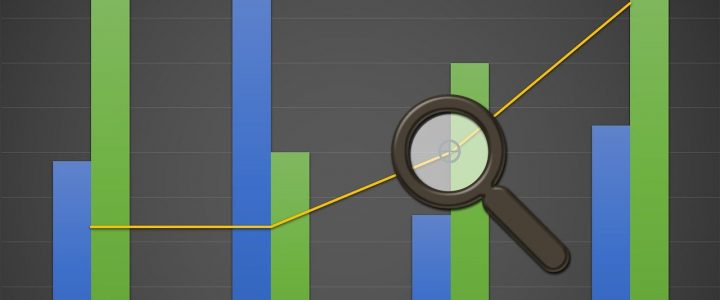U.S. equity indexes managed to close mostly higher despite disappointing job data. The S&P 500 and Nasdaq established new weekly closing highs. Investors weighed the impact of rising Covid-19 cases on the recovery. Growth outpaced value as the Nasdaq (+1.5%) led the advance last week. A holiday-shortened week is here and the economic calendar will be more focused on events abroad. The U.S. economic data is light. The most anticipated announcement will come from the ECB on Thursday.
Last Week Highlighted by Job Data
The S&P 500 finished August with its 7th straight monthly gain. Financial stocks dropped 2.3%. The dollar continued its slide after the economy added just 235,000 jobs in August. This number was far below expectations of 720,000. The ADP report showed that private payrolls also increased much less than forecast. The labor numbers cast doubt on the Fed’s next move on tapering. Manufacturing jobs rose, but services hiring slowed as the market braces for several jobless aid programs expiring this week. On the positive side, the unemployment rate fell to 5.2%. The underemployment rate dropped sharply to 8.9% from 9.6%, and jobless claims hit 340,000, a new pandemic low.
Other U.S. data reflected a still expanding economy that nonetheless is showing some cracks. Consumer confidence fell in August to the lowest level since February. Chicago PMI deteriorated more than expected to 66.8 from 73.4. Factory orders and the ISM Manufacturing PMI picked up in August. However, the services PMI fell from its July all-time high reading, consistent with the jobs report. U.S. home prices rose 18.6% Year-over-Year in June. The largest annual gain in history. Crude oil saw little volatility despite shutdowns from Hurricane Ida. OPEC decided to keep its modest production increases in place. China’s August manufacturing activity fell to 50.1 from 50.4. But a rebound in Chinese stocks lifted the emerging markets index by 3.4%. Canada’s economy unexpectedly contracted by 1.1% in Q2 as pandemic restrictions weighed.
Week Ahead
A holiday-shortened week and the economic calendar will be more focused on events abroad. The most anticipated announcement will come from the ECB on Thursday. Despite hot inflation data, the committee is expected to wait several more months before deciding on tapering pandemic-related asset purchases, which are due to end in March 2022. Additional monetary policy updates will come from Australia tonight and Canada on Wednesday.
In the U.S. more job data, the JOLTS Job Openings report comes out on Wednesday. Producer prices are expected to ease in Friday’s PPI report. In Asia, China will deliver trade balance and inflation numbers. Japan’s final Q2 GDP reading is released late on today. The Eurozone will present revised Q2 GDP and the UK’s monthly GDP update comes in Friday. The week also closes with Canada’s employment account.
Equity markets will look at the Covid case and death rates for how bad this variant will be, and how much economic activity will be slowed by it. Year-to-date index performance; Dow up 15.56%, S&P up 20.7%, and Nasdaq up 19.2% through the close on Friday.
This website is for informational purposes only and is not intended to be specific advice or recommendations. For specific advice or recommendations you would need to meet directly with one of our advisers.





